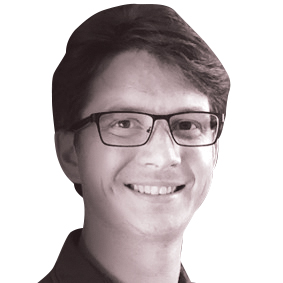Speaker Bio & Abstract

Orbica
Germany
BiographyPeter has a Bachelor of Engineering, an MBA and more than 10-years' experience in transportation engineering, GIS application development and project management.
He is passionate about emerging and game-changing technologies and is spearheading Orbica's development in Europe. He co-presented the winning entry for the thyssenkrupp Drone Analytics Challenge at Beyond Conventions in Essen in February 2018, with Orbica's GeoAI solution for construction progress reporting.
AbstractTraditional methodologies of extracting and classifying features of the earth's surface are time consuming, labour intensive and expensive. This has made it impossible to capitalise on the vast data source that constant earth observation offers.
The geospatial community currently uses remote sensing, supervised/unsupervised classification, feature extraction etc, which has limited scope and requires resource expensive multispectral/ hyperspectral imagery.
Orbica's solution is to automate using artificial intelligence (AI) deep learning algorithms and geospatial processes (GeoAI). Orbicas GeoAI engine can extract and classify features such as waterbodies, roads, vegetation and building outlines, with high accuracy and in near real time, using RGB imagery from satellites, drones etc.
The GeoAI feature extraction tool utilises Keras with Tensorflow or Theano as the back-end technologies, convolutional neural networks (CNN), to identify building footprints, water bodies and land use, and libraries from GDAL, SAGA, GRASS, Shapley and QGIS to apply geoprocessing techniques. Orbica is designing a web interface as a public-facing platform.
Orbicas GeoAI tool has many uses, from identifying informal settlements to providing valuable datasets for urban planning, environmental management, disaster response and construction progress reporting.
The main challenge to deployment is to develop a public digital interface that handles big data and provides feedback about the suitability of imagery.